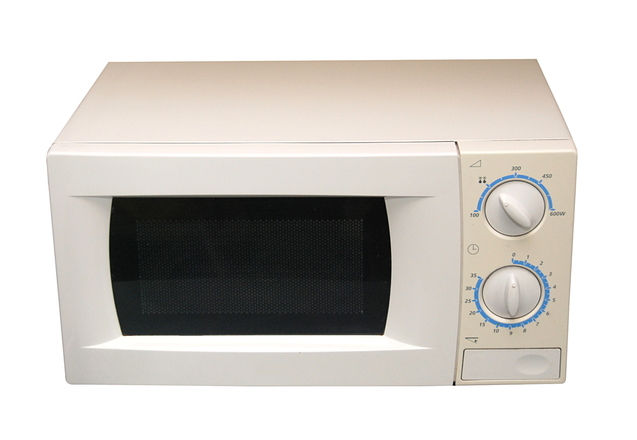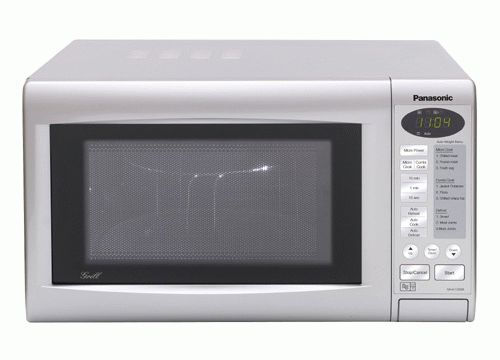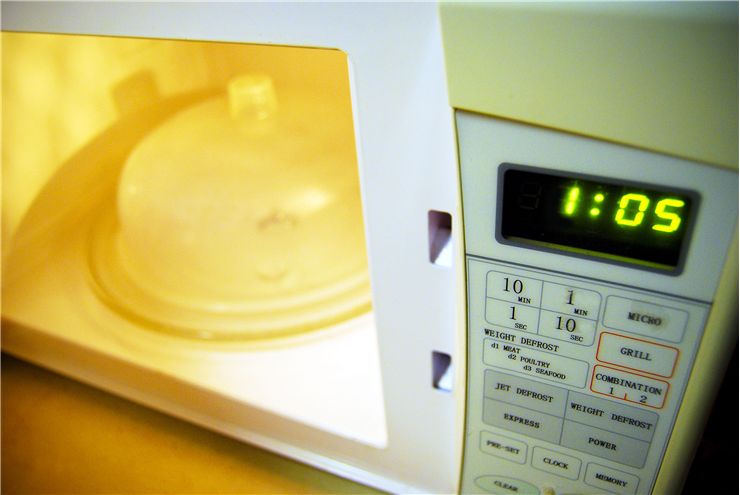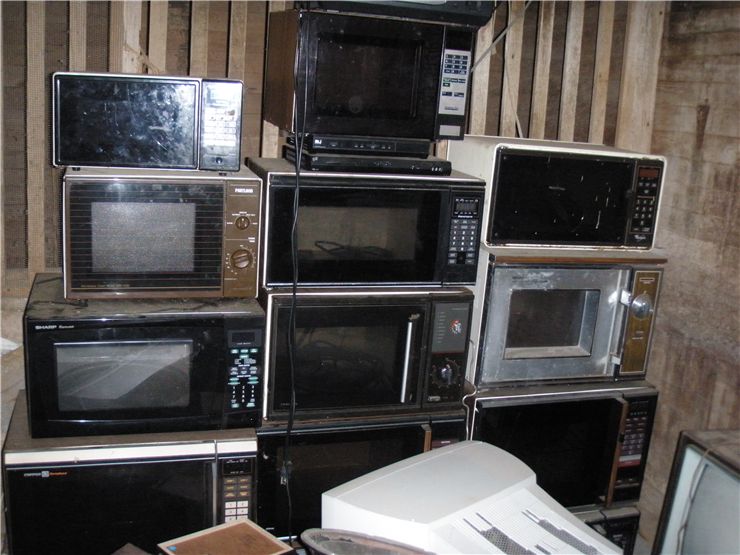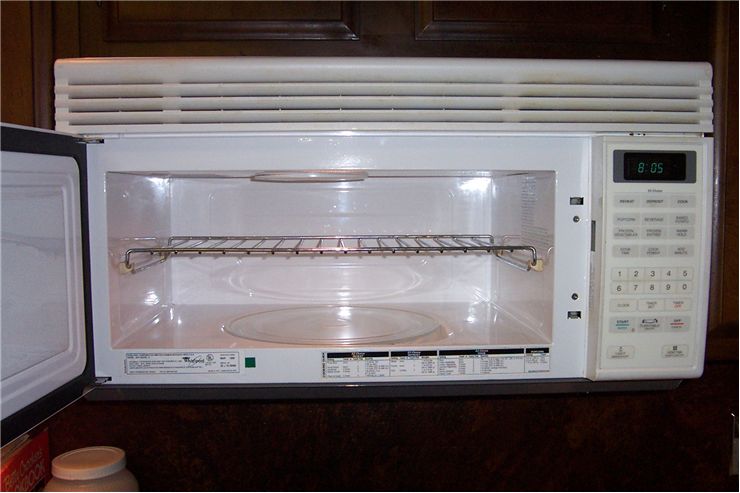Facts and History of Microwave
A microwave oven, microwave, is a kitchen appliance that is used for heating food. It bombards food with microwaves that make dipole molecules of water and other substances to revolve and collide rapidly which manifests as heat. Microwave ovens heat foods quickly and uniformly unlike other types of heating.
Microwave History
Microwave oven was invented by accident. Or not, because there were people who already knew what microwaves could do. Only one man asked himself what can be done with these microwaves and how they can serve in peace.
Microwave Facts
There are many facts that can be told about microwave ovens, its work and how affects us if we eat food prepared in it or even stand near it. Can we use microwave without danger for us? Read more interesting facts about microwave.
Microwave Inventors
What about the people who invented microwave oven or who, with their work, paved the road to it? How interesting are they? What can be said about them? Some of their story is here. Read more about invention of microwave oven.
Brief History
There were theories that high-frequency electric fields could be used for heating as early as 1934 but this method used frequencies that are lower than those of microwaves. Between 1937 and 1940, British physicist Sir John Turton Randall, together with a team of British coworkers, developed multi-cavity magnetron which allowed for production of electromagnetic waves of a small enough wavelength (microwaves) and development of radar. Magnetron was given to the U.S. government in September 1940 in exchange for their financial and industrial help during the Second World War.
One of the companies that were given contract by U.S. government to build magnetrons was Raytheon an one of the engineers that worked for Raytheon was self-taught engineer from Howland, Maine - Percy Spencer. He was at that time one of the world’s leading experts in radar tube design. In 1945, he was working on powered radar set when he noticed that a chocolate bar that he had in his pocket was melting. He wasn’t the first one to notice such a phenomenon but was the first one to become intrigued by it. He exposed popcorns to microwaves and they popped, he tried the whole egg and it exploded. Then he attached a high density electromagnetic field generator to an enclosed metal box and experimented on food that way which allowed for controlled and safe experimentation.
Microwave cooking oven was patented on October 8, 1945 with the one of the first prototypes placed at a Boston restaurant for testing. The first public was in January 1947 in a Speedy Weeny vending machine in Grand Central Terminal which sold freshly cooked hot dogs. The first commercially available microwave oven also appeared in 1947. It was made by Raytheon, it was called Radarange had 1.8 metres in height and weighed 340 kilograms. Its cost was $5,000 which is today around $52,000. Next model was made in 1954 and consumed half the power the first model did, and sold for $2,000 to $3,000. In time price fell. In 1955 it was $1,295, in 1967 - $495 - lesser but still expensive (in today’s money - around $3,500). In the 1960s, Litton Company developed a new configuration of the microwave: the short, wide shape that is now common, with a magnetron feed that could survive a no-load condition (when there is nothing in the oven to absorb microwaves) which made microwave oven safer. This helped rapid growth of the market for home microwave ovens. Prices fell rapidly in the 1970s and microwave ovens became a standard part of households.
A few interesting facts about microwaves:
- While by 1986, around 25% of households in the United States had a microwave oven, by 1997 over 90% of American households owned one.
- Microwave heating has the most efficient on the water because of its dipole molecules and has less effect on fats and sugars.
- Microwave ovens do not cook food "from the inside out". It’s a common misconception.
- Any metal or conductive object placed in the microwave oven will work as an antenna and could cause electric arc and even fire if it has sharp edges.
- Microwaves are prevented from leaking from the oven by metal box in which the food is placed, that works similarly to Faraday’s cage.
